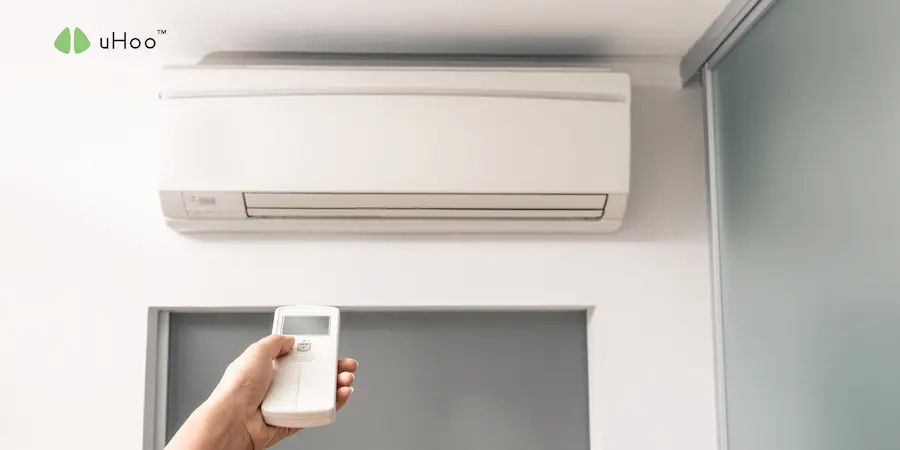When wildfire smoke drifts, the air outside can become a significant health hazard. Your home should be your refuge, but smoke particles are tiny and insidious, capable of seeping through seemingly impenetrable barriers. Learning how to smoke-proof your home is essential for maintaining cleaner, healthier indoor air during these events.
Here are 6 practical steps on how to smoke-proof your home:
- Seal All Windows and Doors Tightly: This is your absolute first line of defense on how to smoke-proof your home. Close every window and door in your home as soon as smoke is detected or an air quality alert is issued. Inspect seals around frames. Use weatherstripping, caulk, or even damp towels or duct tape for temporary sealing of stubborn gaps. Don’t forget pet doors or unused vents.
- Optimize Your Air Conditioning (AC) System: Your AC can either be a weakness or a strength in smoke-proofing. Set your central AC to “recirculate” mode to avoid drawing in outdoor air. If your unit has a “fresh air intake,” ensure it is closed. For window units, make sure the outdoor air vent is shut. Regularly clean or upgrade your AC filters to a MERV 13 or higher if your system can handle it because these capture more fine particles.
- Identify and Seal Common Air Leaks: Smoke can infiltrate through small openings you might not even notice, so check around electrical outlets, light switches on exterior walls, plumbing penetrations under sinks, and gaps where wires or pipes enter your home. Use caulk, expanding foam sealant, or even painter’s tape for temporary sealing of small cracks.
- Create a “Clean Air Room” (If Possible): If sealing your entire home is challenging, identify one room (ideally with minimal windows and doors) to serve as a designated clean air space. Seal this room as thoroughly as possible, and run a high-efficiency portable air purifier with a HEPA filter inside. This provides a sanctuary for vulnerable family members.
- Avoid Indoor Activities That Generate Pollutants: Don’t undermine your smoke-proofing efforts by creating new indoor pollution. During wildfire events, refrain from burning candles, incense, or using your fireplace. Limit frying or grilling indoors, as cooking smoke adds to fine particulate matter. Avoid vacuuming unless you have a HEPA-filtered vacuum, as regular vacuums can stir up settled smoke particles.
- Monitor Your Indoor Air Quality with uHoo: You can’t fight what you can’t see. A uHoo air quality monitor is indispensable for knowing how to smoke-proof your home effectively. It provides real-time data on PM2.5 (the dangerous fine particles in smoke) and other pollutants. If uHoo shows high indoor PM2.5 despite your efforts, it indicates smoke is still entering, allowing you to identify weak points and strengthen your defenses immediately.
By taking these practical steps on how to smoke-proof your home, you can significantly reduce smoke infiltration and ensure cleaner, safer air inside your home during wildfire events.

